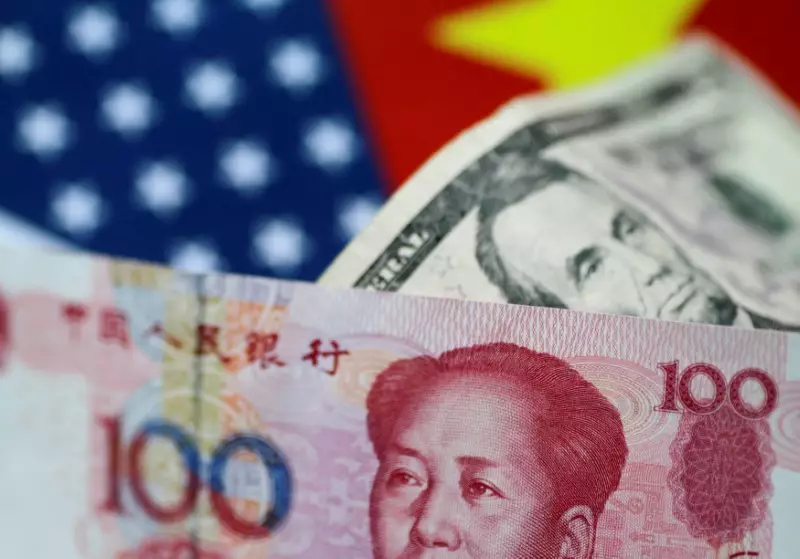In recent trading sessions, Asian currencies have shown signs of weakness, largely propelled by a powerful U.S. dollar that keeps pushing against them. As we move closer to the end of 2024, the overall sentiment surrounding these currencies suggests a downturn, with many of them poised to incur yearly losses. The U.S. Dollar Index has hovered near a two-year high, reflecting robust demand for the greenback as market participants respond to economic data, interest rate speculations, and prevailing geopolitical risks. Despite a minor dip of 0.1% during Asian trading hours, the index remains potent, indicating ongoing strength that favors the dollar’s position.
The repercussions of a resilient dollar are especially pronounced for currencies in Asia, where both external factors and domestic economic indicators establish directions for currency movements. The Fed’s recent stance regarding interest rates, which signals fewer cuts expected for 2025, injects renewed vigor into the dollar while simultaneously placing downward pressure on Asian currencies. The prolonged uncertainty regarding U.S.-China relations, particularly in light of the potential effects of the Trump administration’s policies, continues to cloud the market with apprehension.
China’s Economic Indicators
In China, economic data recently released showed that, despite a slight contraction in growth expectations, the country’s factory activity continues to expand. Notably, the Purchasing Managers Index data from December shows that manufacturing has grown for three consecutive months. However, this increase fell short of the anticipated figures, suggesting a slowdown in the momentum required to lead full economic recovery.
Market watchers are now focused on Beijing’s fiscal strategies for the coming year, particularly in terms of potential stimulus measures. Reports indicate that authorities plan to enhance fiscal spending to boost economic activity, a move anticipated to stabilize both domestic markets and the yuan. Still, the broader context of a weaker yuan—marked by a 0.2% rise against the U.S. dollar—exemplifies the challenges faced by the currency, which remains heavily influenced by external pressures and internal economic performance.
As the focus shifts from China to other major Asian economies, the trends become clearer. The Japanese yen has also come under pressure, with its value dropping 0.3% against the dollar. The yen is expected to register a yearly decline exceeding 10%, marking it as one of the more volatile currencies in the region. In contrast, the Singapore dollar has maintained relative stability, reflecting a positive trajectory for the year.
The situation appears slightly brighter for the Indian rupee, which has nudged upward by 0.1% against the dollar, reflecting a yearly increase of over 3%. Nonetheless, condemnation remains for the rupee’s performance against the dollar, which has reached record lows this month. This duality of performance showcases the complex dynamics influencing the regional currencies, whereby some are benefiting from stronger economic fundamentals while others are hindered by broader market sentiments.
Among the Asian currencies, the South Korean won stands out due to its significant depreciation, having declined nearly 6% against the dollar in December alone. The situation is compounded by recent political unrest, particularly following a South Korean court’s approval for an arrest warrant for President Yoon Suk Yeol. The backdrop of political instability has added further uncertainty for investors, leading to a lack of trust in the won, which has been the worst performer among its regional counterparts.
Overall, the political and economic climates throughout Asia underscore the intertwined relationships between local political stability and currency performance. As we advance into the New Year, this interplay will be critical as traders and policymakers alike navigate through layers of domestic challenges and global market fluctuations.
The outlook for Asian currencies as we near 2025 appears to be fraught with challenges. The enduring strength of the U.S. dollar, mixed signals from economic data, and significant political developments in key countries like South Korea present a multifaceted and complicated landscape. Stakeholders will need to stay vigilant, analyzing both international trends and local economic indicators to navigate the uncertain waters ahead. With the potential for both challenges and opportunities, the next year promises to be pivotal for the currencies across the Asian region.

